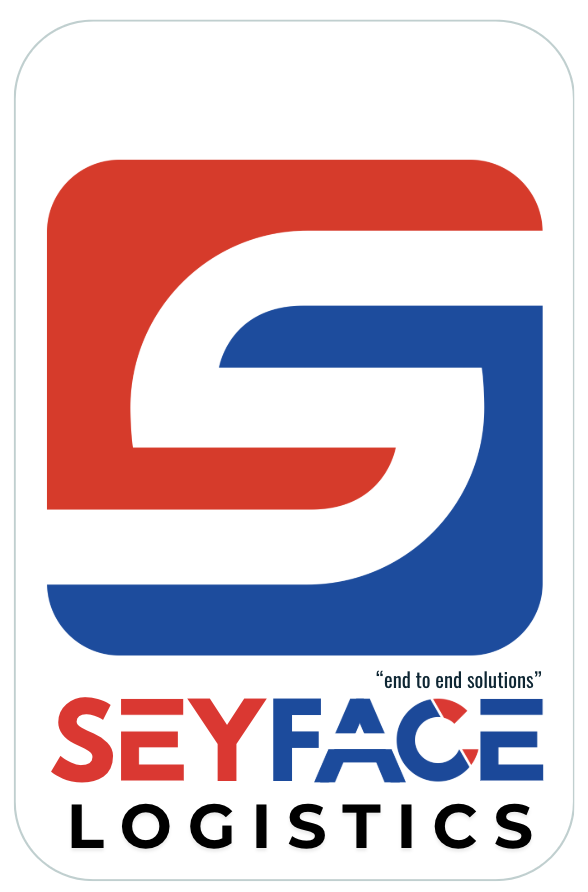
Procurement and Sourcing
The procurement process refers to the series of steps a business follows to acquire the goods and services it needs to operate and grow. It ensures that the organization secures the right resources at the right time, supporting both short-term tasks and long-term goals.
This process includes supplier onboarding, contract management, invoice approvals, and supply chain collaboration. By sourcing externally, businesses can enhance efficiency and support expansion, particularly through partnerships with local suppliers for competitive pricing.
Sourcing Methodology:
- Define objectives and secure support.
- Conduct market research to assess needs, suppliers, and budgets.
- Gather data through a Request for Information (RFI).
- Request pricing through a Request for Quotation (RFQ).
- Negotiate favorable terms based on data analysis.
- Finalize contracts with smooth documentation.
- Manage supplier relationships through collaboration and feedback.
This approach ensures purchases align with organizational needs while
optimizing costs, quality, and timelines.


Frequently asked questions
Got questions about shipping, delivery, or logistics? We’ve made it easy for you! Explore quick answers, helpful tips, and everything you need to know about SEYFACE services — all in one place.
Procurement ensures that a company gets the right resources at the right time, helping reduce costs, improve efficiency, and support business performance and expansion.
Sourcing is the process of finding and selecting suppliers who can provide the required goods or services at the best value, often involving negotiations and relationship management.
External sourcing enhances efficiency, allows access to expert suppliers, supports cost savings, and enables growth through local partnerships and competitive pricing.
A well-managed procurement process helps organizations balance cost savings with quality by choosing reliable suppliers and negotiating smart contracts. It also ensures timely delivery of goods and services, minimizing delays and disruptions in operations.

